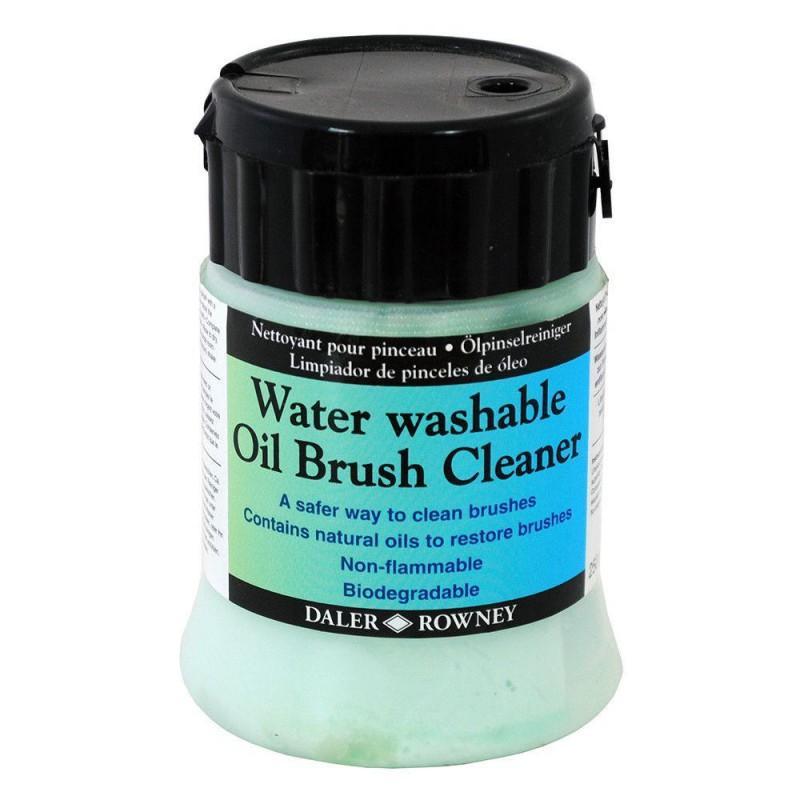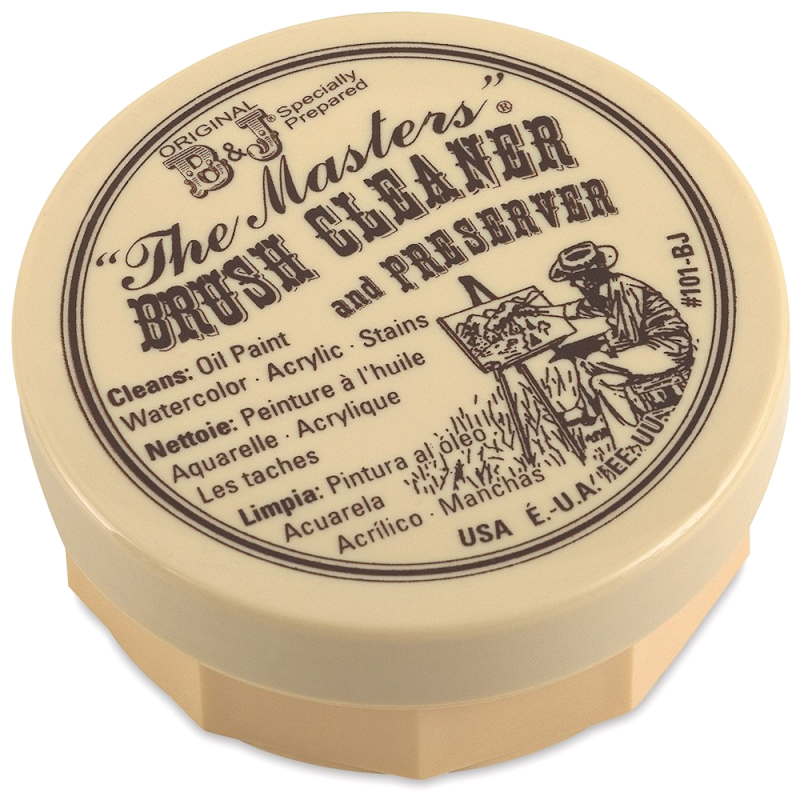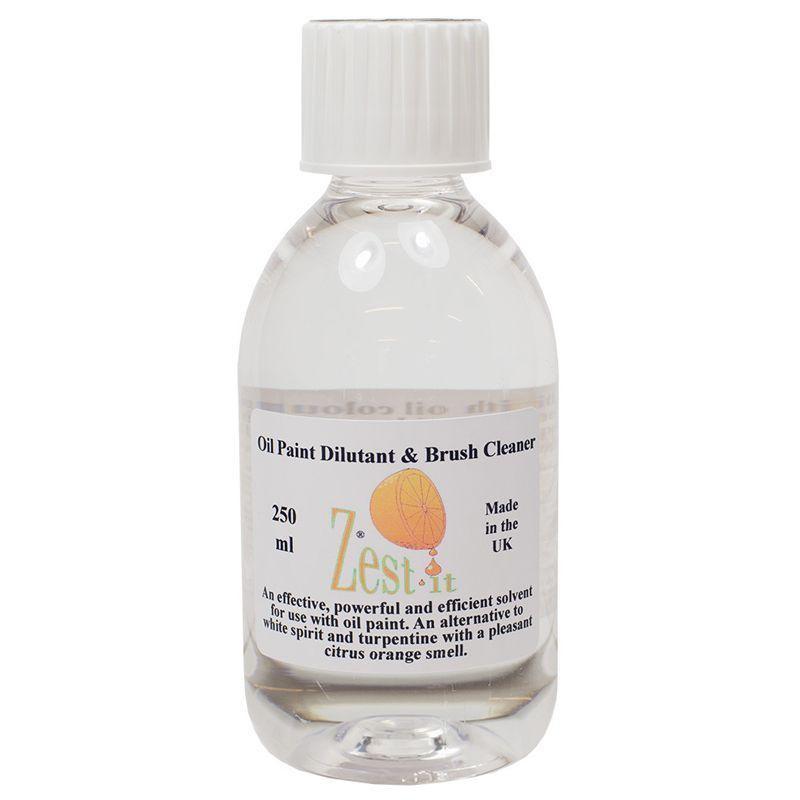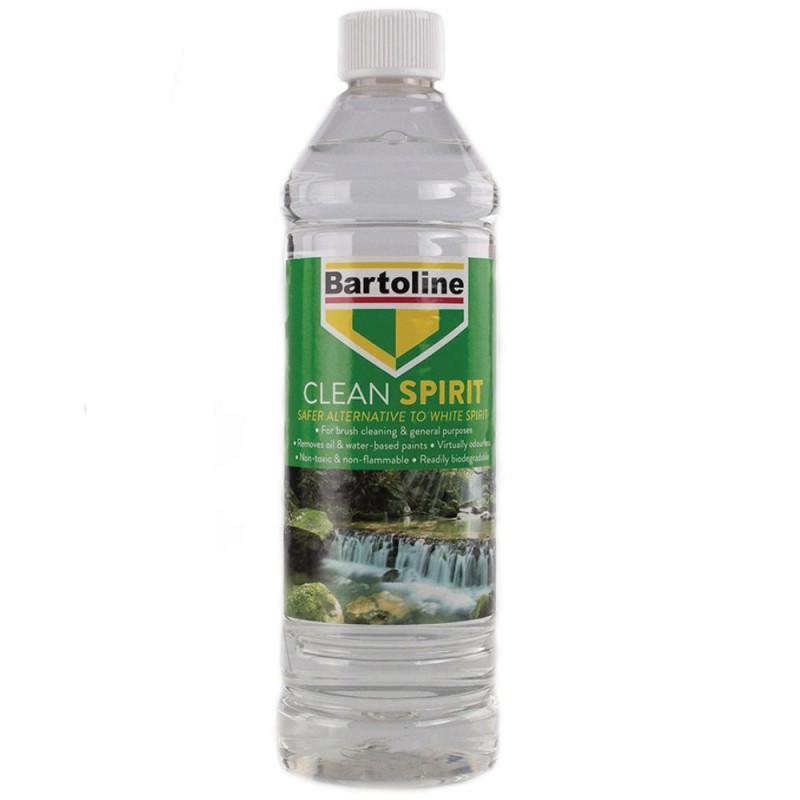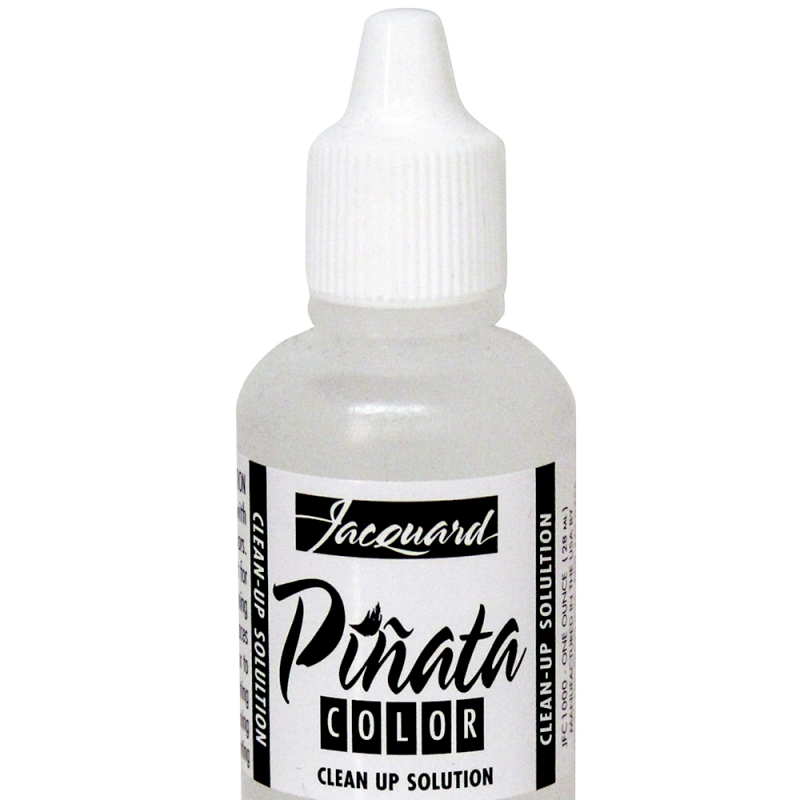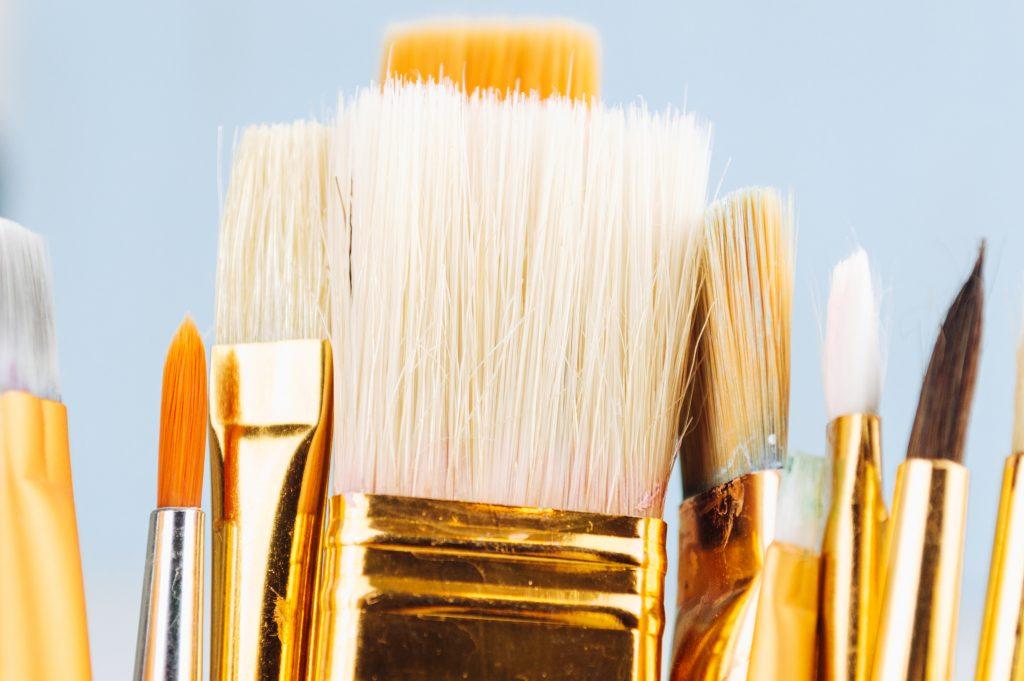
Maintaining the quality of your artist’s equipment should be a priority for artists of all levels. Quality brushes that you enjoy using can often be an investment, and not just in terms of money. You will get used to your artist brushes, learning the best angles for your chosen medium and how to create your desired paint effects. One of the best ways to ensure your brushes are usable for as long as possible is to learn how to properly clean them after use.
Leaving acrylic, oil, or watercolour brushes to dry with paint still on the bristles can be a death sentence. While you will have other items on your to-do list after you’ve finished painting, cleaning your brushes should be number 1. Each type of paint has different characteristics meaning that cleaning acrylic paint off brushes is a completely different process from cleaning watercolour brushes. Take a look at our guides for each medium below.
How to Clean Artist Oil Paint Brushes
Oil paint is a medium that hardens when dry. This means that ensuring your paintbrushes are completely clean of any traces of oil paint is essential, ruling out a simple wash with water. The steps to cleaning your oil paint brushes are as follows:
- Remove leftover oil paint: Use a cloth or a paper towel to wipe off as much excess oil paint as possible, not stopping until very little paint is coming away on your cloth. It’s important to move the cloth or towel away from the brush’s handle so as to not smear paint down the ferrule.
- Use Cleaner or Solvent: For oil paint to be completely eradicated from the brush, the binder and pigment must be fully destabilised. In the past, white spirit was the go-to paintbrush cleaner, but there are now more popular and more environmentally friendly brush cleaner options, such as this Daler-Rowney Water Washable Oil Brush Cleaner or Seawhite Clean Spirit. Alternatively, pure oil, like linseed or walnut oil, can remove oil paint from a brush but will require more effort.
- Apply Preserver: To provide extra protection for your oil brushes, you can use a paintbrush soap or preserver. These typically require you to work up a lather with a small amount of water and work the soap into the bristles of the brush, ensuring that no colour remains in the lather that might stain the bristles. Rinse your brushes with warm water as a final step.
- Dry and Store: Place your clean paint brushes in a pot to dry completely, carefully reshaping bristles while they’re still wet. If you’re planning to store your brushes for a long time, you can use brush sleeves to prevent dust collecting or bristles from bending out of shape while in storage.
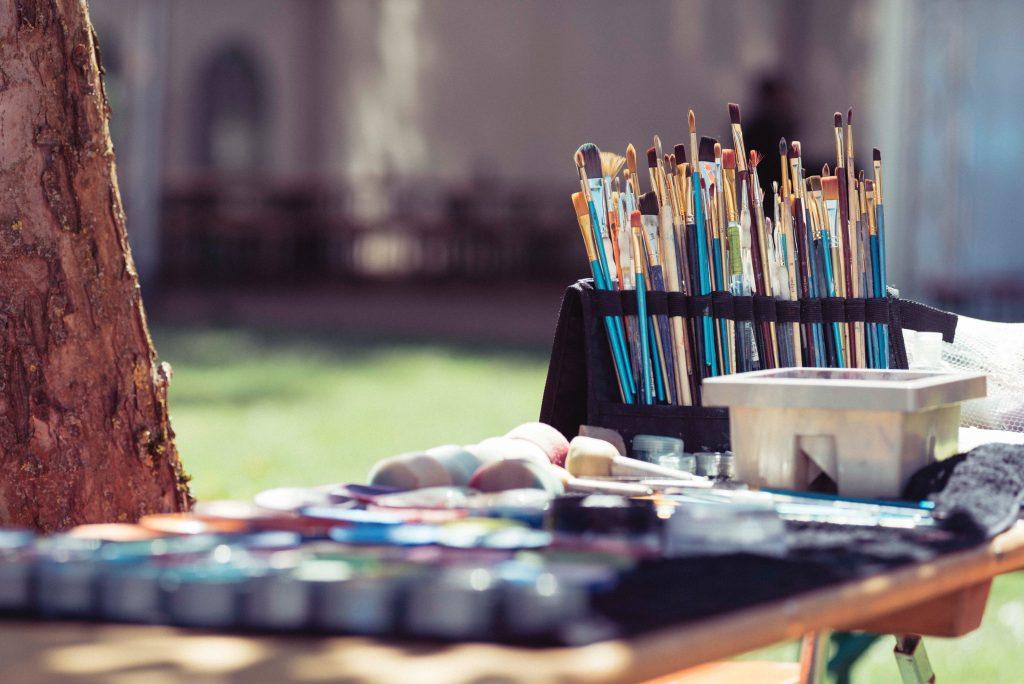
Cleaning Acrylic Paint Off Brushes
Acrylic paint shares many properties with oil paint, so the process of cleaning acrylic paint brushes is very similar to the above process for oil brushes.
- Remove leftover oil paint: Again, use a cloth or paper towel to remove as much acrylic paint as possible.
- Wash in Water: Fill a jar, or a metal brush-washer if available, with water and use the bottom surface to clean as much paint off the brush bristles as possible. You can use a clean cloth to check if all the pigment has been removed from the brush.
- Brush Cleaner: To be extra vigilant about cleaning your bristles, you can use a brush cleaner as a final step. Again, work the soap into the bristles for a thorough clean and wash with warm water afterwards.
- Dry and Store
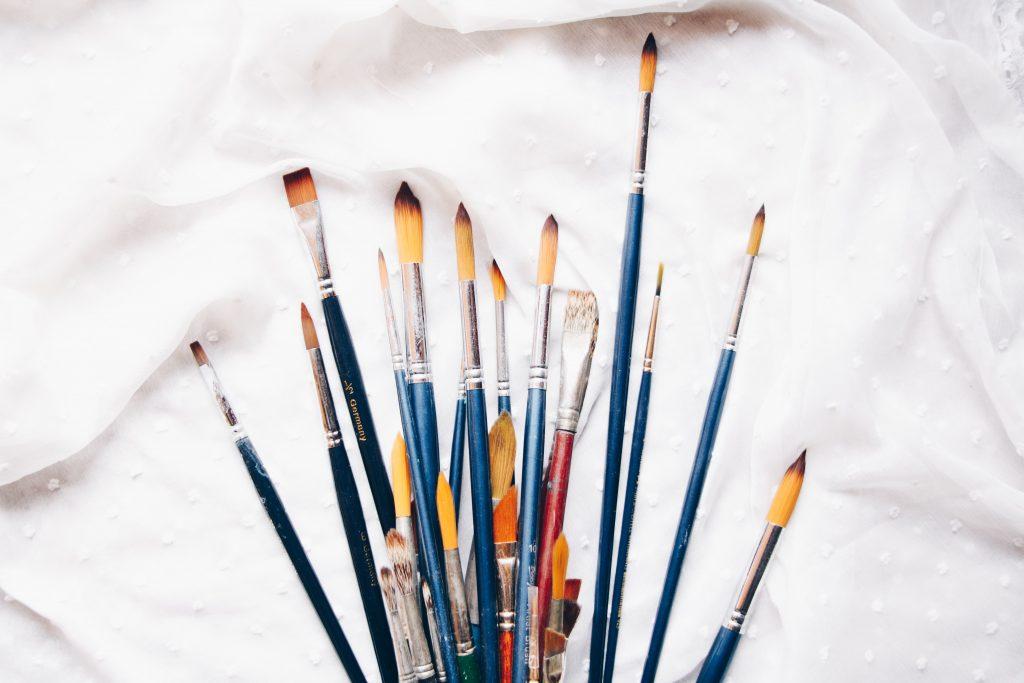
How To Clean Watercolour Paint Brushes
Watercolour paints are more gentle than their oil and acrylic equivalents. As a result, the bristles in watercolour artist brushes are a lot softer, which means they require a different cleaning process.
- Water Wash: Watercolour paint requires water to work and is typically used for light washes with plenty of water. You can keep your brushes suspended in water while not using them to ensure no paint pigment remains on the brush bristles.
- Dry Bristles: Using a paper towel or absorbent cloth, or leave to air dry, dry the clean bristles of your watercolour brushes.
- Clean and reshape: Watercolour often requires smaller and more precise brushes. To ensure bristles remain uniform for precise painting, you can use a small amount of brush cleaner on your fingers to shape the brush head in the desired shape.
For more ideas on how to store your art supplies to maintain your art supplies, check out our blog. For all your brush cleaner needs, Cowling & Wilcox have an excellent and affordable range for you to browse now.
< Back to blog




















